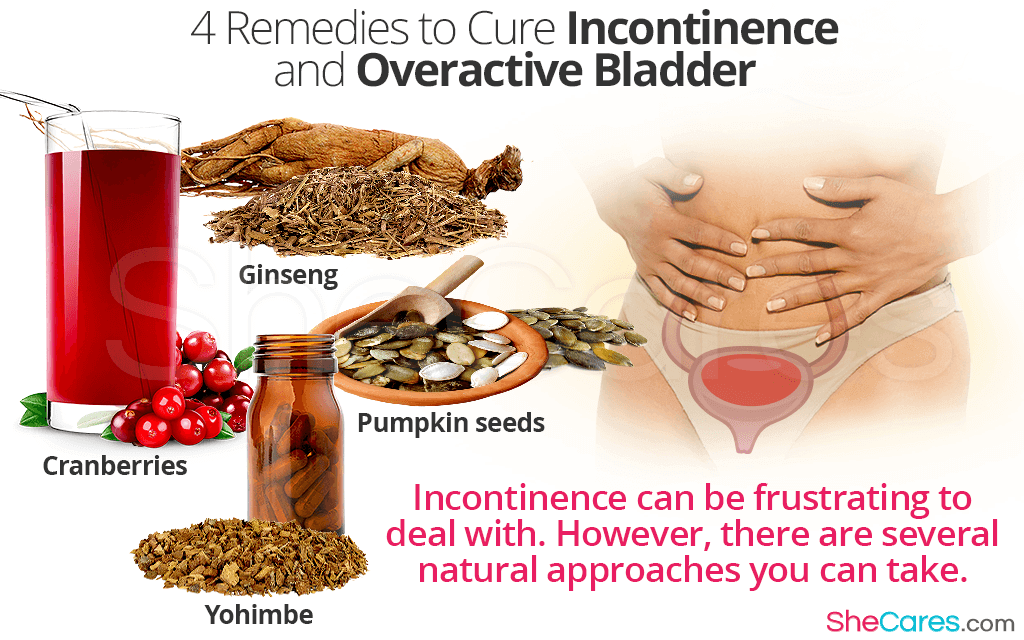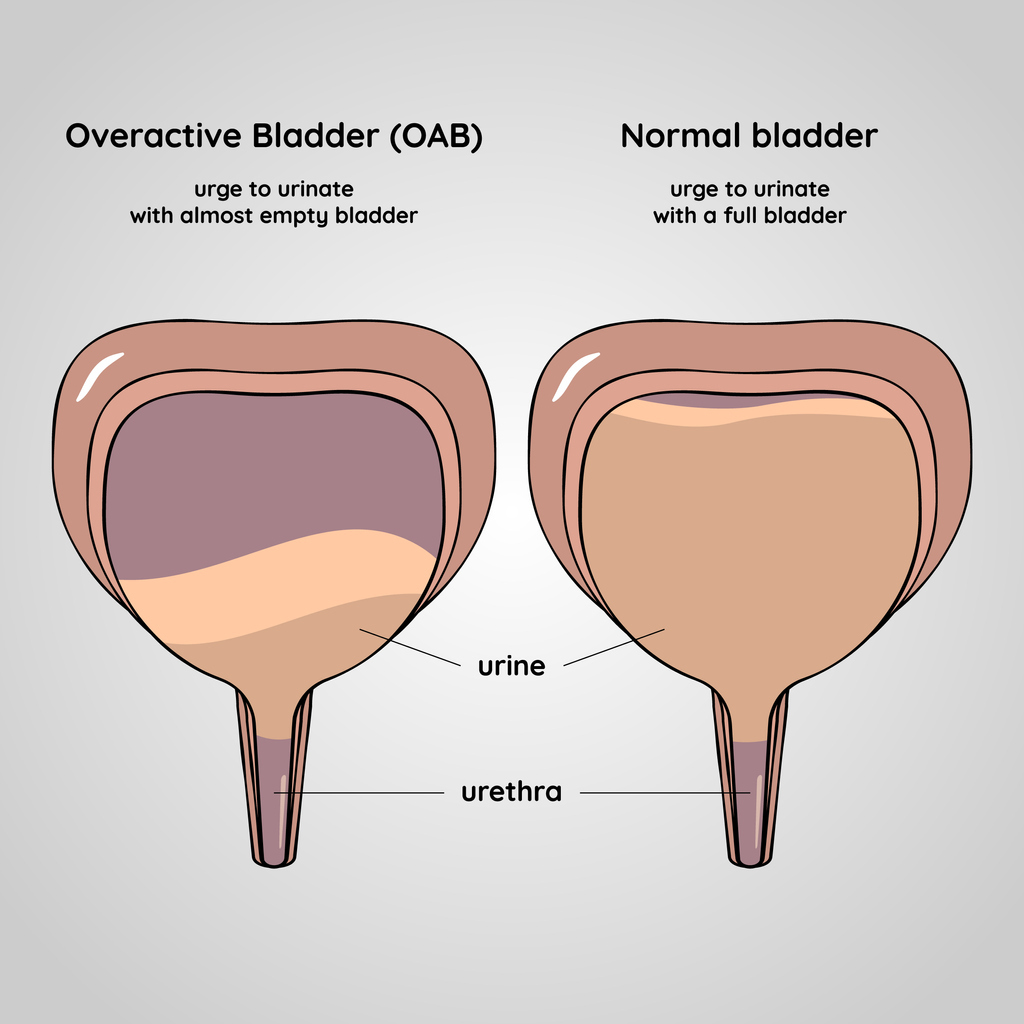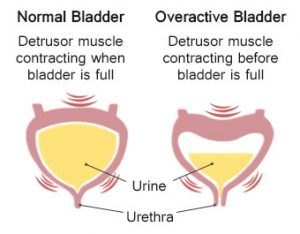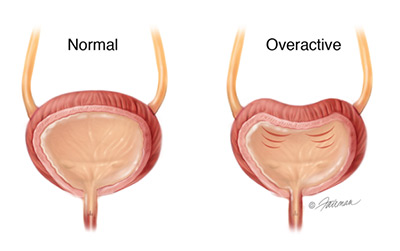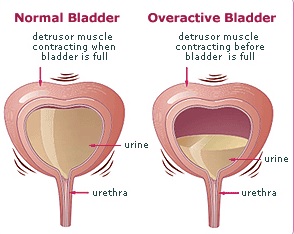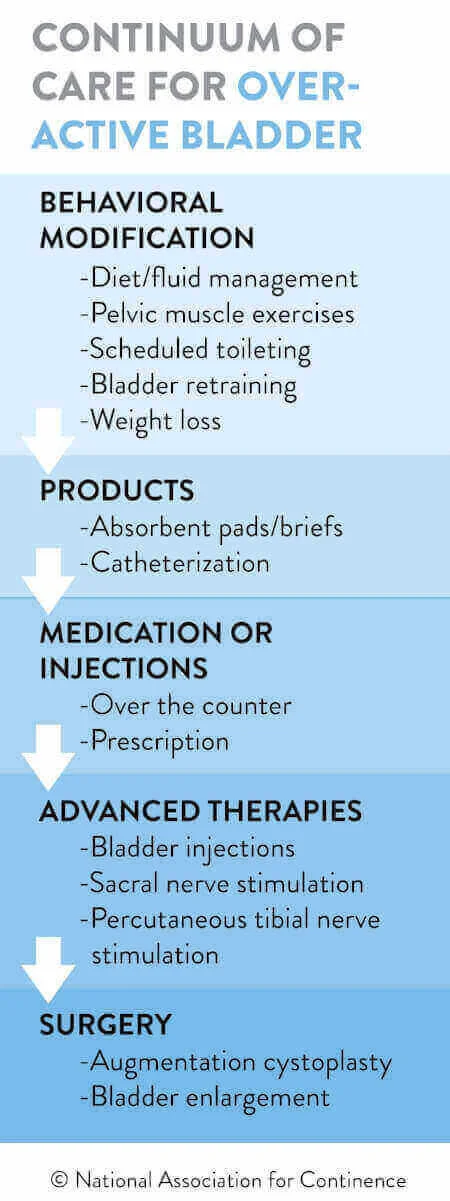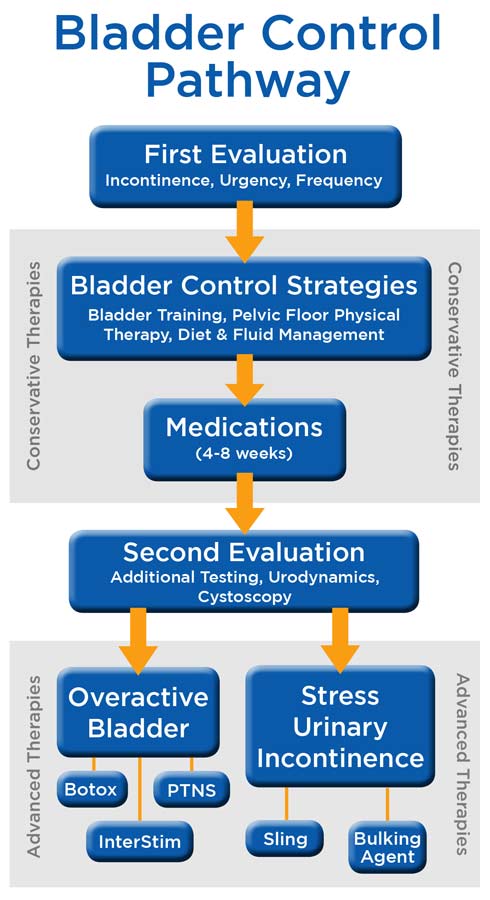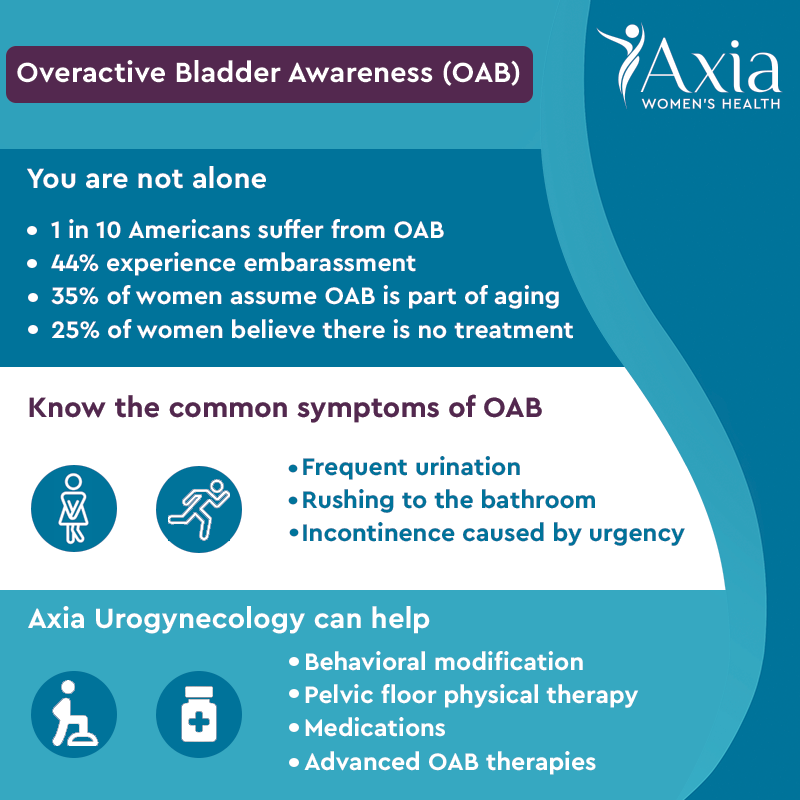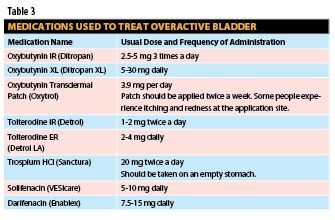Nice Info About How To Cure Overactive Bladder

Maintain a healthy weight.if you're overweight, losing weight may ease your symptoms.
How to cure overactive bladder. Anticholinergics such as trospium (sanctura), darifenacin (enablex) and oxybutynin (oxytrol, ditrpoan) relax bladder muscles. Overactive bladder describes a combination of symptoms that can include a frequent urge to urinate and waking up at night to urinate. Heavier people are also at greater risk of stress urinary incontinence, which may improve with weight loss.
It may also disrupt your daily activities. Drink adequate amounts of fluid.ask your doctor h… see more These lifestyle strategies may reduce overactive bladder symptoms:
These actions may reduce your urge to urinate. Typical symptoms include frequent urination, frequent nighttime urination, persistent urge to urinate, and urine. Home remedies to treat overactive bladder 1.
To perform a kegel, squeeze the muscles you use to stop the flow of urine. Dell wd19 dock ethernet not working kali linux download for windows 7 Overactive bladder is characterized by the urgent need to urinate many times, day or night, sending you rushing to the bathroom whether you're busy at work, exercising,.
Using absorbent pants or pads can help you cope with involuntary leaking as you gradually extend how long you wait before going to the toilet. Treatment for an overactive bladder can range from changing certain behaviors to medications to nerve stimulation (neuromodulation). Overactive bladder (oab) is clinically defined as the presence of urinary urgency and may be associated with diurnal urinary incontinence, frequency, and enuresis, and/or constipation.
If you have an overactive bladder, weak pelvic floor muscles can contribute to urine leakage. The symptoms of an overactive bladder include frequent urination (urinating eight or more times per day), urgency of urination (sudden, compelling desire to void that is difficult to defer) with. Training your bladder, involving delaying urination for short periods and gradually increasing those times until you start urinating less frequently.
/overactive-bladder-treatment-5116161-FINAL-9865898b12f74debac3e467c5b76c01d.jpg)

